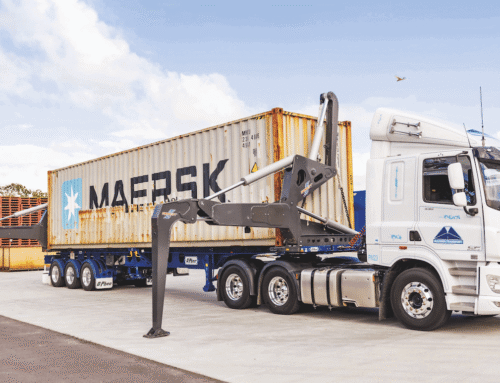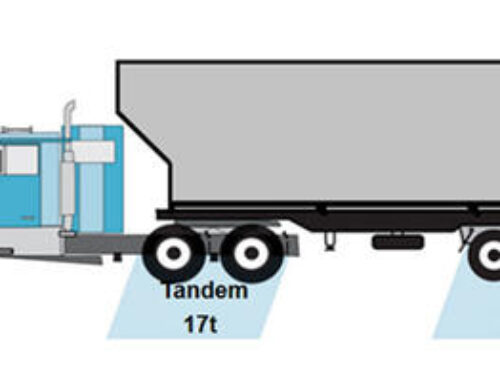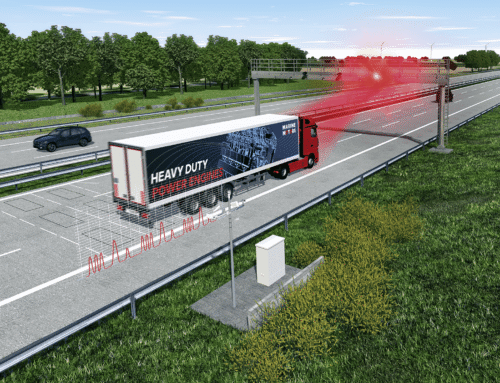Proper weight distribution on a truck is of utmost importance for several reasons. It directly impacts the truck’s performance, stability, safety, and compliance with legal regulations. Here are some key reasons why proper weight distribution is crucial using a Loadsense Truck Scale to assist with your product positioning:
- Handling and Stability: Proper weight distribution ensures balanced handling and stability of the truck. When the weight is evenly distributed across the axles, it helps maintain optimal traction and control, especially during acceleration, braking, and cornering. This enhances overall maneuverability and red
 uces the risk of accidents or loss of control.
uces the risk of accidents or loss of control. - Tire Performance and Longevity: Adequate weight distribution helps optimize tire performance and longevity. When the load is distributed evenly, all tires share the load proportionally, reducing excessive strain on specific tires. This minimizes uneven tire wear and increases the lifespan of the tires. Proper weight distribution also helps maintain optimal tire contact with the road, improving traction and braking performance.
- Braking Efficiency: Proper weight distribution plays a crucial role in the truck’s braking efficiency. When the weight is distributed evenly, it ensures that all brakes, including the front and rear axles, are appropriately engaged during braking. This allows for more effective and balanced braking, reducing the risk of wheel lock-up, skidding, and longer stopping distances.
- Compliance with Legal Requirements: Most jurisdictions have regulations and laws in place regarding maximum weight limits for trucks and specific weight distribution requirements. Proper weight distribution helps ensure compliance with these legal requirements, preventing potential fines, penalties, or other legal consequences.
- Suspension Performance: Balanced weight distribution helps optimize the performance of the truck’s suspension system. Whether the truck has leaf springs, coil springs, or airbag suspension, distributing the weight evenly across the axles helps maintain the suspension’s designed ride height and characteristics. This results in improved comfort, reduced stress on suspension components, and enhanced overall vehicle dynamics.
- Fuel Efficiency: Proper weight distribution can also positively impact fuel efficiency. When the load is evenly distributed, it minimizes unnecessary drag and resistance, reducing the overall energy required to propel the truck. A balanced weight distribution can help optimize fuel consumption and contribute to cost savings over the long run.
- Preventing Structural Damage: Overloading specific axles or exceeding the truck’s Gross Vehicle Weight Rating (GVWR) can lead to structural damage over time. Uneven weight distribution can place excessive stress on certain components, such as axles, suspension systems, frames, and tires. Proper weight distribution helps prevent premature wear, fatigue, and potential structural failures.
In summary, use a Loadsense Truck and Trailer scale for proper weight distribution on a truck is essential for maintaining stability, enhancing handling, ensuring compliance with legal regulations, optimizing tire performance, improving fuel efficiency, and preventing structural damage. It is crucial to follow recommended weight distribution guidelines and consult the truck’s manufacturer or relevant authorities for specific weight distribution requirements.





